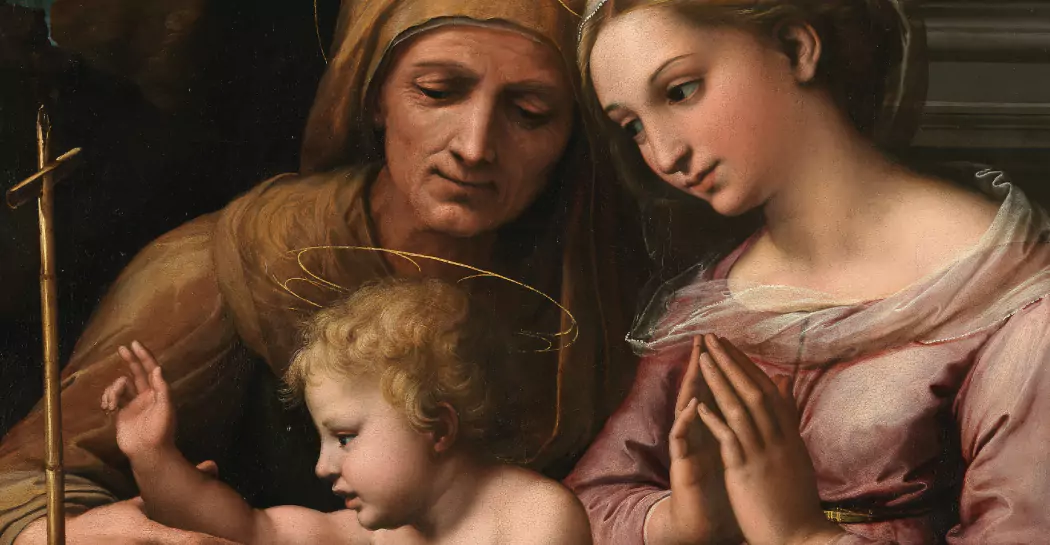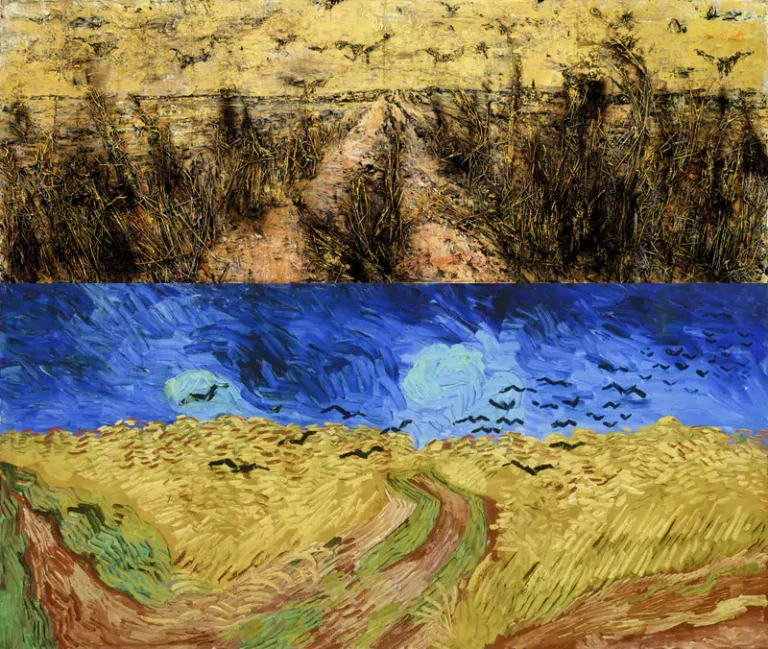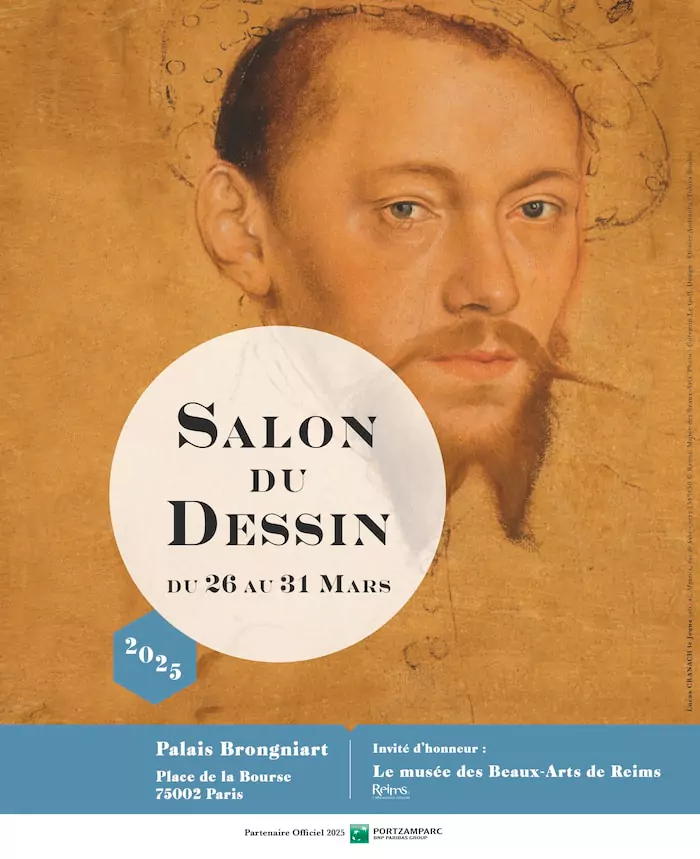Looking for a muse? Check no further. Discover the Best of Art, Culture, History & Beyond!

The Farnese in 16th-century Rome. Origins and fortune of a collection
Capitoline Museums, Villa Caffarelli
From 12 February 2025 to 18 May 2025
Opening hours
every day from 9.30 am to 7.30 pm
Last admission one hour before closing
Closing days 1st May
The exhibition, curated by Chiara Rabbi Bernard and Claudio Parisi Presicce, is dedicated to the Farnese collection, the highest expression of erudite collecting, supported by Pope Paul III (1534-1549) and his grandchildren. The exhibition, set up at the Capitoline Museums, Villa Caffarelli, is organized in collaboration with Civita Mostre e Musei and Zètema Progetto Cultura.
One hundred and forty masterpieces including ancient sculptures, bronzes, paintings, drawings, manuscripts, gems and coins from the most prestigious collection of works of art and archaeological finds of the Renaissance follow one another in the exhibition spaces of Villa Caffarelli, at the Capitoline Museums . A scientific project of high value and great relevance in the context of the jubilee year tells the story of the Farnese Collection by reconstructing the moment of its maximum splendor , from the first decades of the 16th century to the beginning of the 17th.
The exhibition project stems from a reflection on the impact that Pope Paul III Farnese had on the city of Rome on the eve of the Jubilee of 1550.
The pontiff was responsible for several significant interventions in the city, including the monumentalization of the Piazza del Campidoglio, entrusted to the genius of Michelangelo .
The exhibition “ The Farnese in 16th-century Rome. Origins and fortune of a Collection ” brings together part of the immense artistic heritage of the Farnese family, thanks to the collaboration of the many museums and institutions that today preserve this invaluable legacy. The largest contributions have come from Naples, a city that houses numerous works that belonged to the Farnese Collection in the National Archaeological Museum , the Museum and Royal Wood of Capodimonte and the National Library “Vittorio Emanuele III” . Equally valuable is the collaboration of other lending institutions, including the National Galleries of Ancient Art in Rome – Galleria Corsini and the Galleria Borghese in Rome , the Uffizi Galleries and the National Museum of Bargello in Florence , the National Gallery of Parma – Palazzo della Pilotta, the Vatican Apostolic Library, as well as prestigious foreign institutions such as the Louvre Museum in Paris, the Museum of Fine Arts and Archaeology in Besançon , the Royal Collection Trust , and the Morgan Library in New York.
Begun by Alessandro Farnese, who ascended to the papal throne as Paul III in 1534, and further enriched by the work of his nephews, Cardinals Alessandro and Odoardo, the Farnese Collection was among the most famous artistic and archaeological collections, bringing together a large number of masterpieces of ancient art, including sculptures, paintings and drawings by the greatest artists of the time, gems, coins and precious manuscripts. It also represented the instrument through which the Farnese family sought to consolidate its prestige in papal Rome. In fact, it served to legitimize it as the promoter of a new Rome, capable of bringing ancient majesty back to life through culture and the arts and, at the same time, to give lustre to the figure of Pope Paul III by strengthening his pontificate.
In the first half of the 16th century, the birth and above all the development of the Collection took place in a particular context: the profound and rapid urban transformation of Rome, desired and promoted by Pope Paul III, after the tragic Sack of Rome in 1527. In particular, Pope Farnese was responsible for the initiative of the grandiose renovation of the Piazza del Campidoglio, entrusted to the genius of Michelangelo, with the placement of the famous bronze statue of Marcus Aurelius , transferred in 1538 from the Piazza del Laterano.
If the passion that Paul III had for antiquity, shared and increased by his nephew, the Grand Cardinal Alessandro, brought Rome back to the glorious imperial era, the fact that the Farnese acquired and placed an increasingly important number of ancient masterpieces in their Palace in Campo de’ Fiori (including, for example, the Hercules, the Bull and the Flora Farnese , discovered between 1545 and 1546 during the excavations in the Baths of Caracalla and immediately transferred to the courtyard of the Palace), symbolically manifested the power that the Family had assumed in those years. The formation of such an exceptional nucleus of works clearly highlighted the vocation of Palazzo Farnese: that of a museum. A function that can be further validated by the fact that already in the 16th century the Palace, known not only for its architectural majesty but also as an important political and social center for the nobility and the clergy, was included among the most important places in Rome, which the guides invited to visit.
Fulvio Orsini , a humanist scholar and antiquarian, also played a significant role in this development. He dedicated himself entirely to the valorization of the collection, so much so that he was considered the Deus ex machina of the Collection. In fact, he was the scholarly curator, librarian, antiquarian and iconographer of some important frescoes in the Palazzo Farnese.
Information
ALWAYS CHECK THE NOTICES PAGE before planning your visit to the museum.
Entrance ticket See the page > Tickets and video guides
Reduced ticket for MIC card holders

This article is published on ArtAddict Galleria, where we explore the intersections of art, history, and culture. Stay tuned for more insights and discoveries!



